difference between class c and class b cdl
What Class A and B do not. A Class B CDL holder on the other hand is only allowed to drive a commercial motor vehicle towing a trailer that is less than 10000 pounds.
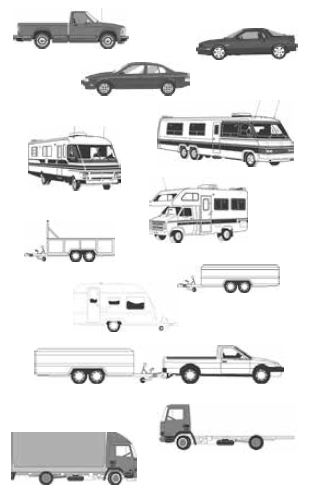
California Driver License Classes California Dmv
There are three different types of CDL licenses with a few distinctive differences between CDL types.

. What You Can Drive With A Class C CDL. However most Class B vehicles use air brakes due to their superior effectiveness for heavy vehicles which means you will likely have to get the air brakes endorsement in addition to the recommended Class B endorsements. A class C CDL can be used for operating small hazmat vehicles passenger vans of 16 people or combination vehicles not described in class A.
In other words to drive a van you do not need a CDL unless you want to haul Haz MAt that require placards. On the other hand a Class B CDL applies to either combination or single vehicles. Entry-level workers with a Class B drivers license started at an average of 33000 in 2020 and top earners exceeded.
A Class B CDL lets you drive a single vehicle weighing 26001 pounds or more without a trailer. Getting a Class B license only takes around 40 hours of class time so it can be a quick process and something that can generally be done part-time while youre working another job. Smaller cargo trucks with a weight rating of less than 10001 lbs.
Class B These can include any of the following. A Class B CDL allows qualified drivers to operate vehicles at or above 26001 pounds. If you have the M restriction you are only allowed to operate a Class B or Class C passenger vehicle or school bus.
A Class C CDL allows the driver to drive a vehicle that is designed to carry 16 or more passengers and also small vehicles used to transport hazardous materials. Class B vehicles do not typically have a trailer. A CDL B allows you to drive vehicles over 26000 lbs.
Each CDL classification is distinguished by the vehicles gross vehicle weight rating GVWR among other items. A Class A CDL applies to any combination vehicle whose GCWR is 26001 pounds or more with a towed GVWR exceeding 10000 pounds. To operate a vehicle that can carry 16 or more passengers including the driver and transport hazardous materials you need a Class C CDL license.
According to federal standards 1 a CDL-A allows the driver to operate any vehicle with a semi-trailer or a trailer with two or more axles. But requires an endorsment such as a Haz Mat. Youll need a Class C commercial drivers license if you intend to carry hazardous materials or small passenger groups of no more than 16 people including the driver.
The P endorsement allows professionals with a Class B drivers license to operate school buses. A Class B license will afford the driver permission to drive any vehicle with a GVWR over 26000 pounds. If you wish to drive a trailer.
Obtaining a CLP is the first step towards earning a commercial drivers license. By definition a Class A CDL holder can drive a commercial motor vehicle that is towing a trailer that is more than10000 pounds. Both Class A and Class B license holders can operate vehicles with an attached cab and cargo area that.
I think to get that CDL C you just take a General knowledge test and the Haz Mat. Keep in mind that the CDL classification you apply for will determine not only the type of vehicle you are allowed to drive but also which endorsements you may be required to obtain. Tractors and farming trucks.
A trailer cannot exceed 10000 pounds under Class B regulations. A class B CDL permits you to drive a vehicle that weighs over 26001 pounds or is towing a trailer that weighs less than 10000 pounds. The following types of vehicles may be driven with a Class B.
While you do have a Class A CDL you are not able to operate any class A passenger vehicle. CDL Endorsements and restrictions. A Class C cdl is basically used for commercial vehicles that the Class A and Class B cdl doesnt cover but is designed to transport 16 or more passengers and has a gross vehicle weight rating of less than 26000 lbs.
There are minor differences between Class A and Class B licenses mainly limited to the weight of the towing vehicle itself. The primary distinction between this CDL and the Class A involves towing weights. If you were to receive a Class B CDL you could only drive a single vehicle weighing 26001 pounds without a trailer attached.
There is only one class of non-CDL license which is a class D license. Whether you have a Class A B or C CDL you will want to know about the different. With an A CDL you can tow a vehicle weighing more than 10000 pounds whereas with a B CDL you can only tow a vehicle weighing a maximum of 10000 pounds.
Class C CDLs are considered the most dangerous because you can only transport. A commercial learners permit CLP is a permit given by the state that authorizes you to practice driving a commercial motor vehicle. A Class C CDL is the last license class and it covers the rest ie.
Class B vehicles do not typically have a trailer. Common commercial motor vehicles associated with a Class B include the following. A class C CDL permits you to drive only single-unit vehicles that weigh over 26001 pounds or vehicles that are not towing a trailer.
Each license requires its own set of rules regulations and exams and once youre awarded your license you are free to transport anything your license allows. Class C These can include any of the following. A CDL C allows you to drive a vehicle under 26001 lbs.
Class A CDL or CDL-A. It also allows you to operate any vehicle towing a trailer that weighs less than 10000 pounds. Class A CDL holders are allowed to drive any type of vehicle.
Hazardous transport trucks such as oil gas. This includes any combination of vehicles with a gross combination weight rating GCWR greater than 26000 pounds provided the Gross Vehicle Weight Rating GVWR of the towed. A class C CDL can be used for operating small hazmat vehicles passenger vans of 16 people or combination vehicles not described in class A.
What is a Class C CDL. What is the difference between CDL Class AB and C. Buses public transport or school Cube trucks for transport.
A Class A license allows you to tow a trailer that weighs more than 10001 pounds whereas a Class B CDL license is only for towing cargo that weighs less than 10000 pounds. Most vehicles that you can operate with a Class B or C CDL. The M restriction is for a Class A CDL but means that you obtained your passenger or school bus endorsement in a Class B vehicle.
But the one endorsement people with a Class B drivers license generally pursue more than Class A CDL-holders is P. What is the difference between a class C and a CDL. What Is A Class C Cdl.
Most Class B and Class C vehicles depending on endorsement requirements.

Nddot Apply For A Commercial Driver License Cdl
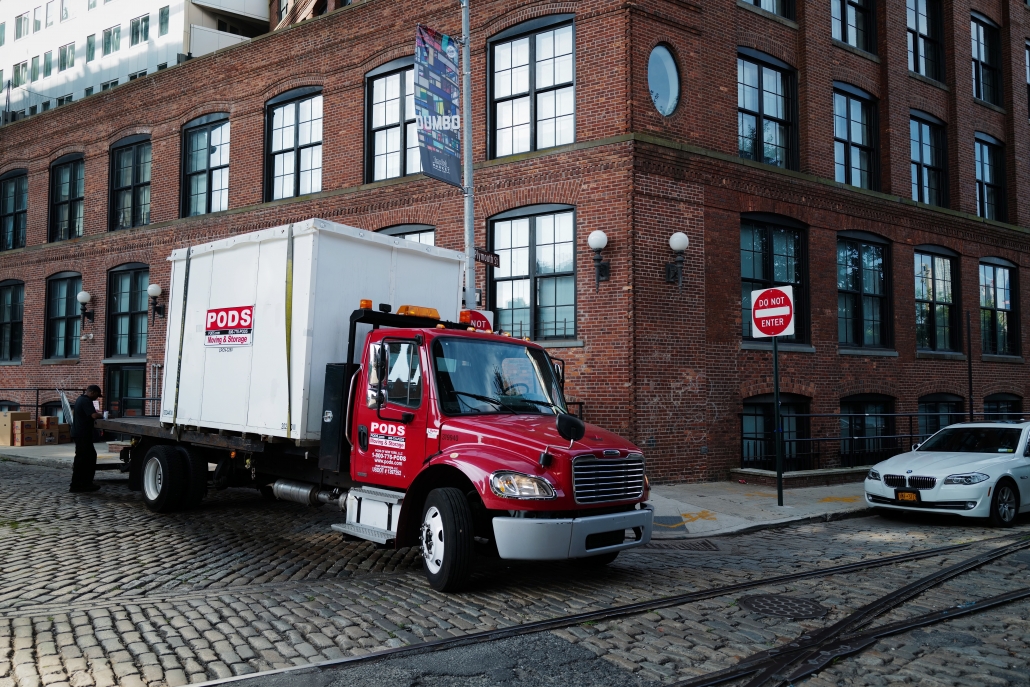
Class B Cdl License 4 Things To Know Drive My Way

The Difference Between A Cdl Class A And Class B 2018 Driving Academy Youtube
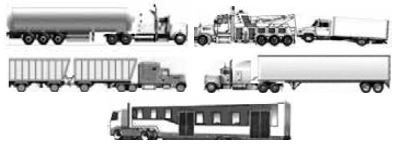
California Driver License Classes California Dmv

Cdl General Knowledge Online Practice Test Cdl Technical Motorcycle Driving School
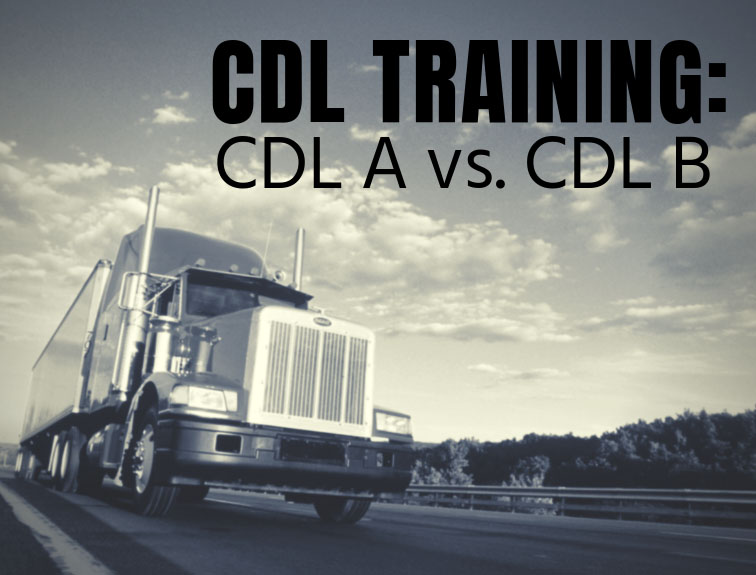
Cdl A Vs Cdl B What S The Difference Diesel Driving Academydiesel Driving Academy

Class A Vs Class B Cdl What Are The Differences Difference Camp

Class A Versus Class B Cdl What S The Difference Nettts
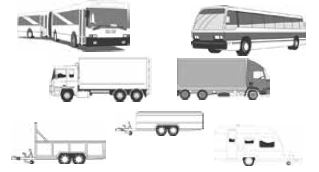
California Driver License Classes California Dmv

Which Class Cdl Do I Need United States Truck Driving School

Commercial Driver S License Classes Certifications California Dmv

Is A Class B Cdl Worth Getting It Depends Cdl Training Spot

Do You Need A Class A Class B Or Class C Cdl Driving Academy Youtube

What Is The Difference Between Cdl A Cdl B And Class C Licenses For Commercial Truck Driving

What Is A Class B Driver S License

Class A Vs Class B Cdl Truck Driving Jobs Lcl Bulk Recruiting
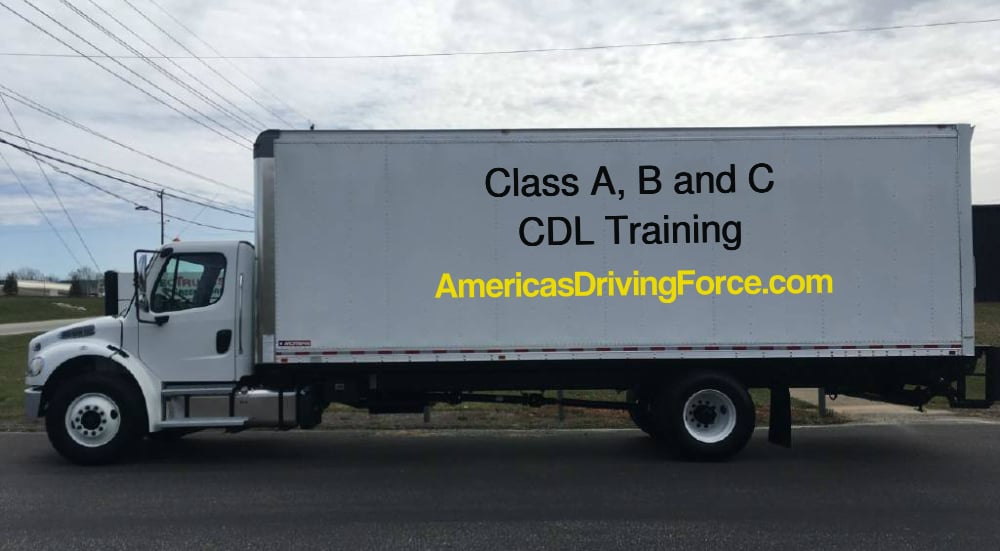
What Are The Different Types Of Cdl Classes For Trucks Americas Driving Force

Cdl Class B Or Bus Certificate Course Commercial Vehicle Training Center Cvtc
